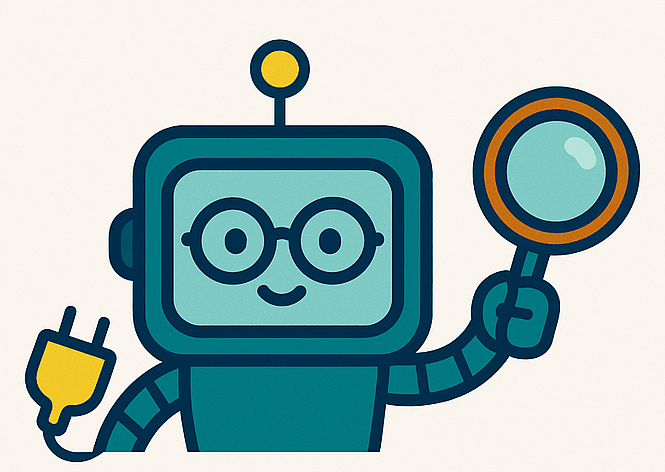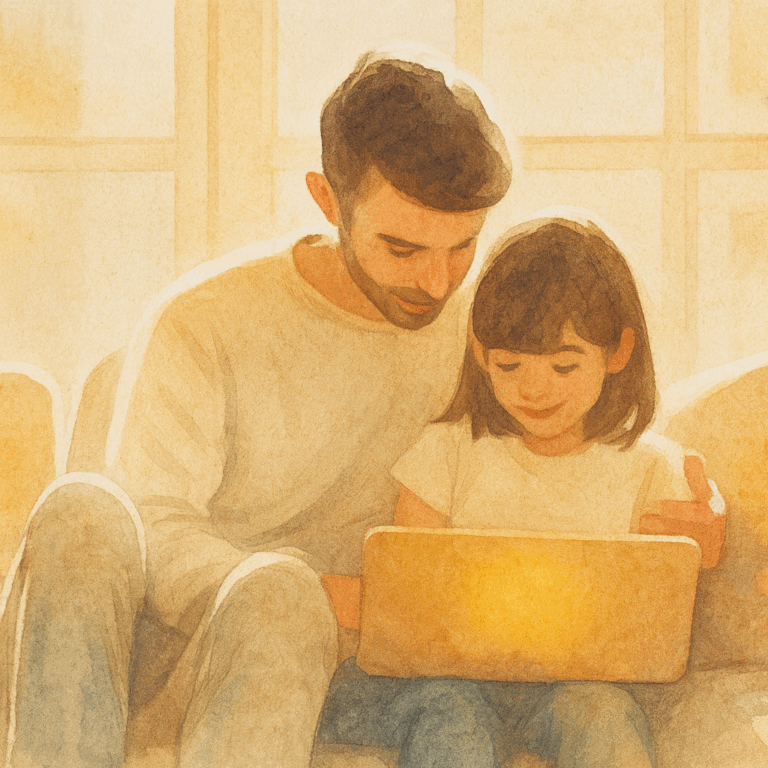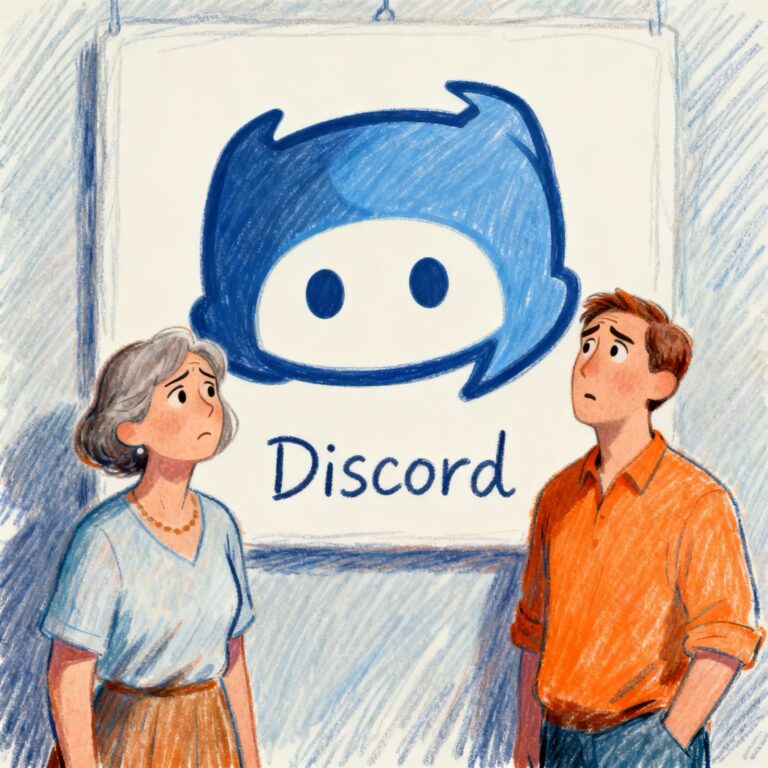How to Get Kids Off Their Tablets (Without World War Three)

How to Get Kids Off Their Tablets (Without World War Three)
Practical, calm steps to reduce tablet time, tame YouTube and ads, and protect sleep — written by a family tech consultant and parent.
Short answer: replace, don’t just remove. Predictable routines and a few built-in settings do most of the hard work — no shouting matches needed.
Watch a quick 40-second walkthrough: calm steps to end tablet battles.
Why It Feels So Hard
Tablets are engineered to hold attention — bright screens, instant rewards, autoplay and endless scroll. Stopping can feel like a punishment rather than a normal transition, especially in tired evenings.
Common Traps for Parents
- “Just one more video” — autoplay keeps kids hooked.
- Ad-heavy free apps that push pop-ups and in-app purchases.
- Using the tablet as a pacifier during meltdowns — it becomes a comfort item.
- Night-time scrolling — blue light delays sleep and fuels bedtime battles.
Practical Steps That Work
1) Create a Tablet Routine
Children respond to predictability. Agree rules together and post them on the fridge.
- Tablet time only after homework or chores.
- No screens 60 minutes before bed.
- Tablet stays in the living room — not bedrooms.
2) Use Built-In Tools to Help
- Apple Screen Time — set Downtime for evenings and Schooltime for homework; require approval for new apps or purchases.
- Google Family Link — daily limits and Bedtime; you can lock a device remotely when needed.
- Disable app-store purchases or require approval; use family sharing for transparency.
3) Replace, Don’t Just Remove
Swaps reduce resistance. Offer a next activity instead of an abrupt stop.
- Audiobooks or music before bed to avoid blue light.
- Hands-on tasks: Lego, drawing, puzzles, crafts, cooking.
- Connection: talk about the day, plan tomorrow, read together.
4) Tame YouTube
- Use YouTube Kids (set age limits and disable search).
- Turn off Autoplay; build a short watch-list together.
- Co-watch when you can; help them learn to choose quality content.
5) Talk, Don’t Threaten
Explain the reason behind screen breaks; it works better than power struggles.
“Screens tell your brain it’s daytime. If we stop earlier, you’ll fall asleep faster and feel better tomorrow.”
6) Avoid Using the Tablet as a Weapon
Link use to cooperation and trust: “You get your screen time when X is finished,” rather than confiscation for every issue.
7) Protect Sleep
- Turn on Night Shift or Eye Comfort after sunset.
- Stop all screens 45–60 minutes before bed — non-negotiable for good sleep.
- Replace the final screen with reading, music or quiet chat.
Apps That Help, Not Hype
- Khan Academy Kids — free, ad-free learning for ages ~3–8.
- BBC iPlayer Kids — age-appropriate programmes with no pop-up ads.
- Calm or Moshi — bedtime stories and music for winding down.
Download the Printable Guide
Download the “Get Kids Off Their Tablets” Guide (PDF)
At Understanding Tech, we’re parents first and tech people second. We help families feel calmer and more confident online.






